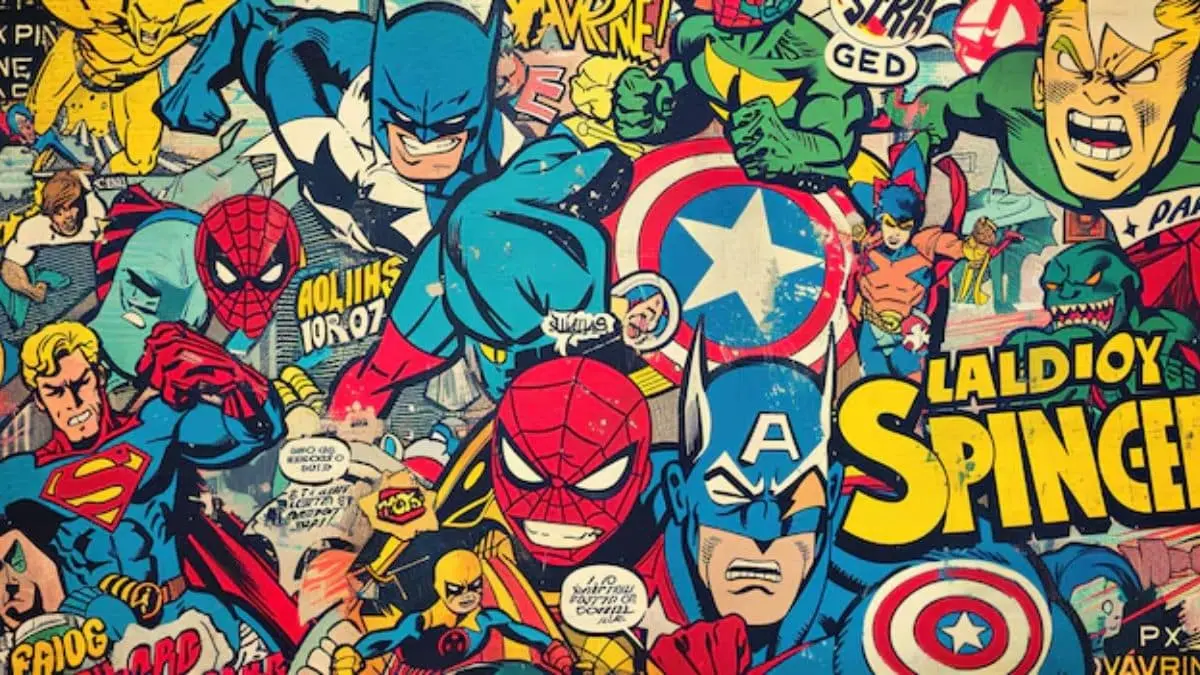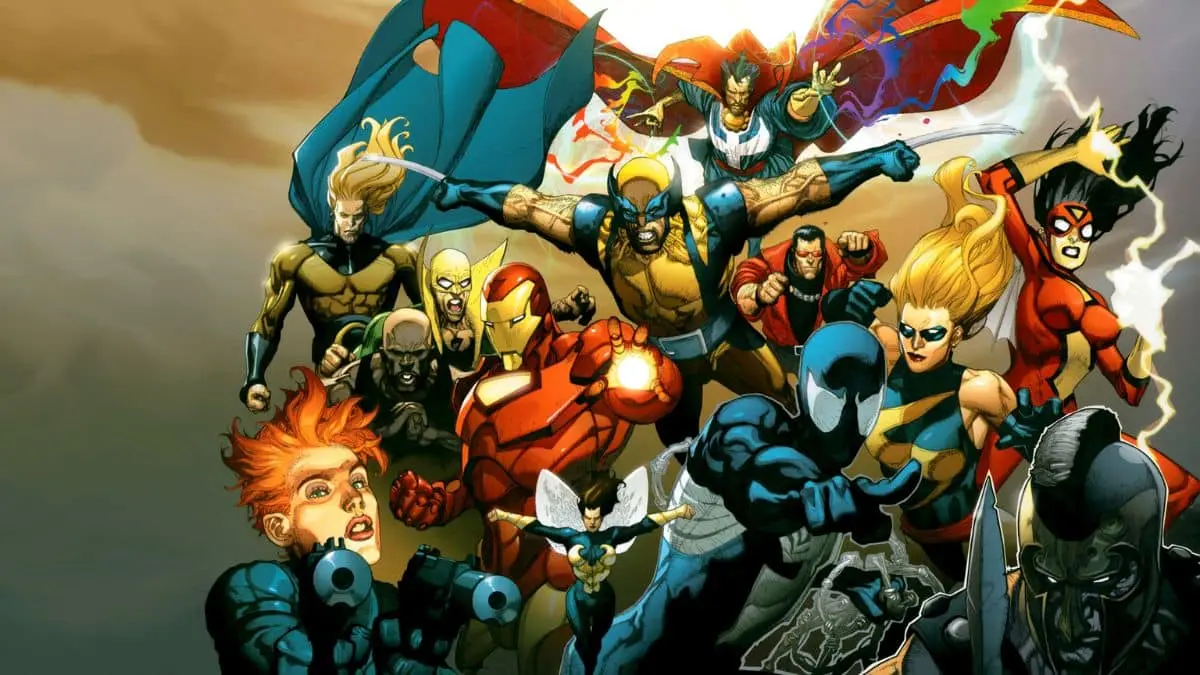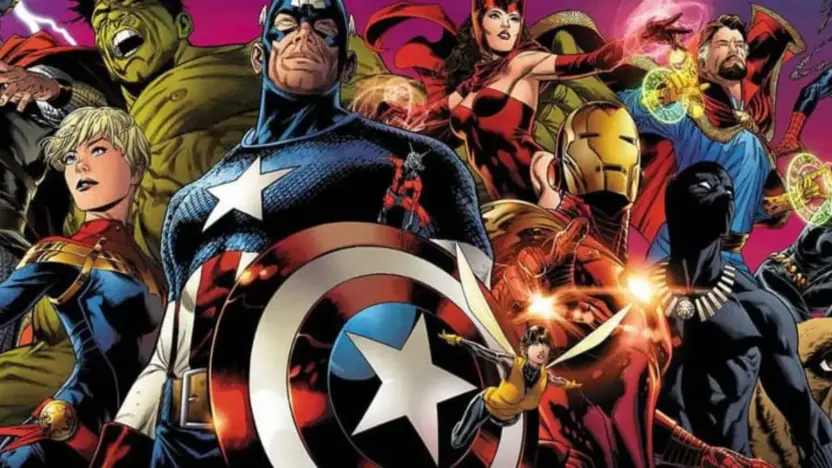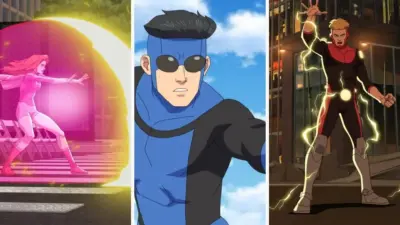Marvel Comics has become a global powerhouse in the world of entertainment, dominating comic books, movies, TV shows, and more. But like every iconic legacy, it has humble beginnings. Let’s dive into the origins of Marvel Comics, exploring when it began and the visionaries who started it.
The Birth of Timely Publications: Marvel’s Early Years
Marvel Comics traces its origins back to 1939, a pivotal year in the comic book industry. During this time, the superhero genre was gaining popularity, fueled by the success of characters like Superman, introduced by DC Comics. Recognizing the potential of this new medium, a man named Martin Goodman founded Timely Publications, the precursor to Marvel Comics.
Goodman, a publisher of pulp magazines, saw an opportunity to tap into the growing market for superhero stories. Timely Publications released its first comic book, Marvel Comics #1, in October 1939. This issue featured several stories and introduced readers to two characters who would become iconic: the Human Torch (an android capable of controlling fire) and Namor the Sub-Mariner (a powerful half-human, half-Atlantean prince).

The Creative Minds Behind the First Issue
While Martin Goodman played a crucial role as the founder, the creative forces behind Marvel Comics #1 included Carl Burgos and Bill Everett, who created the Human Torch and Namor, respectively. Burgos’s fiery android and Everett’s underwater antihero stood out for their unique abilities and personalities, capturing the imagination of readers.
The artwork and storytelling in Marvel Comics #1 laid the foundation for what would become a hallmark of Marvel: compelling characters with depth and relatability.
The Transition to Atlas Comics
During the 1940s and 1950s, Timely Publications rebranded as Atlas Comics. This period saw a diversification of genres, including romance, horror, Westerns, and science fiction. While superheroes took a backseat during this era, Atlas Comics kept the company afloat by adapting to readers’ changing tastes.
Martin Goodman continued to oversee operations, ensuring the company remained relevant in the competitive publishing landscape. However, it wasn’t until the late 1950s and early 1960s that Marvel truly began to take shape as we know it today.
The Marvel Age of Comics Begins
In 1961, the company, now officially known as Marvel Comics, experienced a creative renaissance. This era is often referred to as the Marvel Age of Comics, marked by the creation of some of the most beloved superheroes in history. Two key figures emerged as driving forces during this time: Stan Lee and Jack Kirby.
The Dynamic Duo: Stan Lee and Jack Kirby
Stan Lee, born Stanley Martin Lieber, began his career at Timely Publications in 1939 as an office assistant. Over the years, he climbed the ranks, eventually becoming the editor-in-chief of Marvel Comics. Lee had a talent for crafting relatable stories with flawed, human characters, a departure from the perfect superheroes of earlier decades.
Jack Kirby, a prolific artist and storyteller, brought Lee’s ideas to life with his dynamic artwork and imaginative designs. Together, they created a string of groundbreaking characters, including the Fantastic Four in 1961. This superhero team marked the official beginning of the Marvel Universe as we know it, blending cosmic adventures with relatable personal struggles.
Marvel’s Expansion: More Iconic Creators and Characters
Following the success of the Fantastic Four, Marvel introduced a slew of other iconic characters throughout the 1960s:
- Spider-Man (1962): Created by Stan Lee and Steve Ditko, Spider-Man’s debut in Amazing Fantasy #15 showcased a teenage superhero dealing with everyday problems.
- The X-Men (1963): Stan Lee and Jack Kirby introduced mutants as a metaphor for social issues, emphasizing themes of acceptance and diversity.
- The Avengers (1963): This superhero team brought together individual heroes like Iron Man, Thor, and the Hulk, demonstrating Marvel’s interconnected storytelling approach.
- Black Panther (1966): Created by Lee and Kirby, Black Panther was the first Black superhero in mainstream comics, breaking new ground for representation.
The collaboration between Stan Lee and other creators like Steve Ditko and Jack Kirby set Marvel apart from its competitors. Their characters weren’t just heroes; they were people with complex lives and emotional struggles, making them resonate deeply with readers.
The Evolution of Marvel Comics
Throughout the 1970s and 1980s, Marvel continued to grow, experimenting with new storylines and genres. Writers like Chris Claremont redefined the X-Men, while artists such as John Byrne and Jim Starlin pushed the boundaries of comic book art. This period also saw Marvel addressing social issues, such as drug abuse and civil rights, making their stories more relevant and impactful.
In 2009, Marvel became part of The Walt Disney Company, a move that expanded its reach across various media platforms. Today, Marvel is not just a comic book publisher but a global entertainment brand, producing blockbuster films, TV shows, and merchandise.

The Legacy of Marvel Comics
Marvel Comics’ journey from a small publishing house in 1939 to a cultural phenomenon is a testament to the vision and creativity of its founders and creators. Martin Goodman’s business acumen, Stan Lee’s storytelling genius, and Jack Kirby’s artistic brilliance laid the groundwork for a legacy that continues to inspire millions worldwide.
Marvel’s enduring appeal lies in its ability to evolve while staying true to its core values of heroism, diversity, and humanity. As fans continue to enjoy the adventures of their favorite characters, Marvel’s origins serve as a reminder of how a small idea can grow into something extraordinary.
Also Read: 5 Hulk Stories That Deserve Live-Action Movie Adaptations



